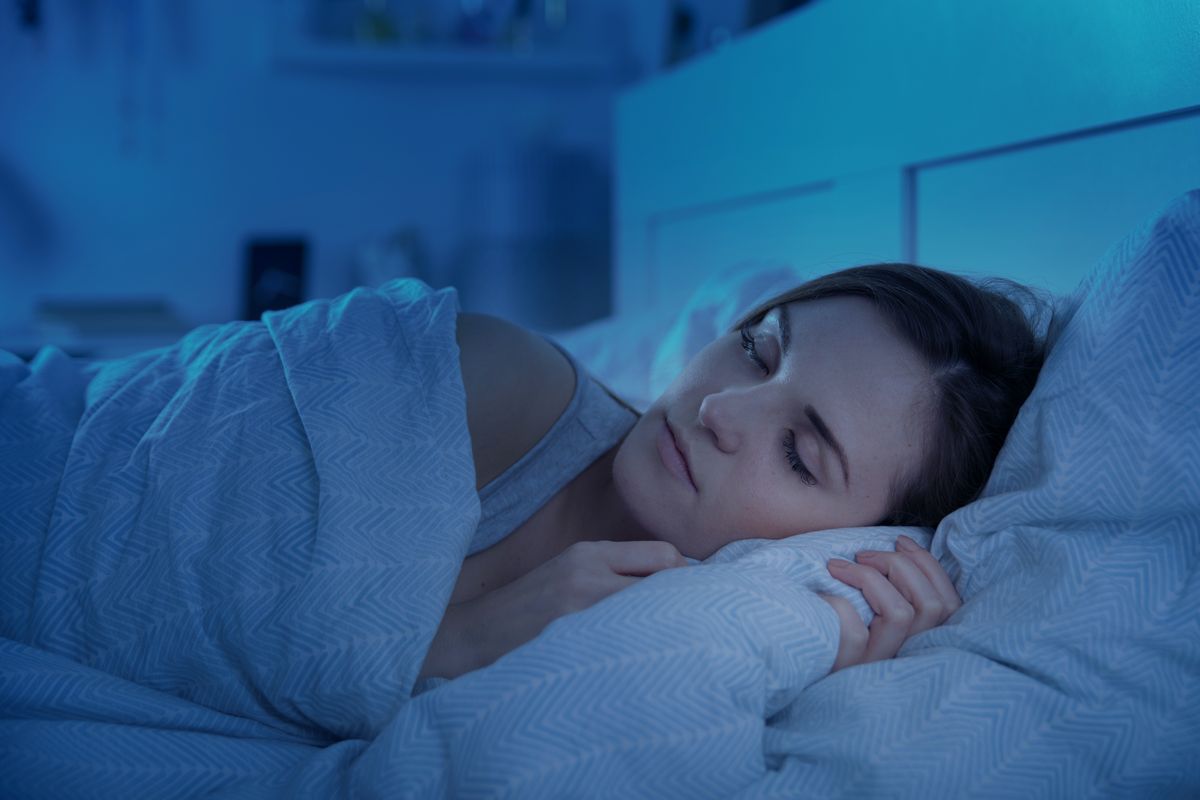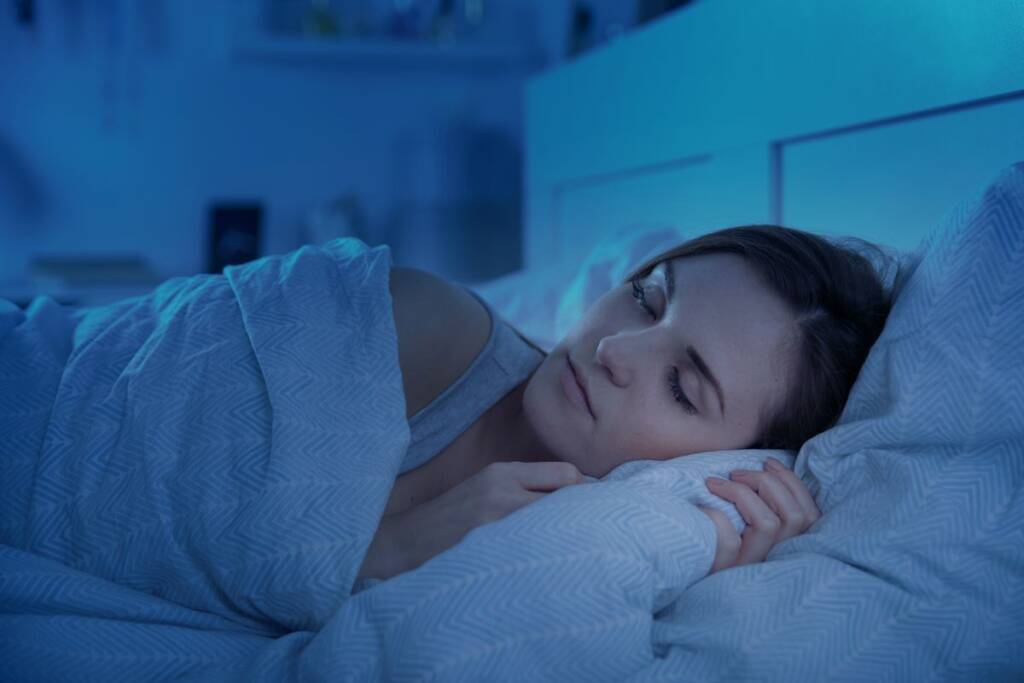Health
What is sleep apnea and why it can be dangerous

Sleep apnea: what it is, symptoms and causes of one of the most common but also underestimated sleep disorders.
Sleep apnea is a respiratory disorder that affects millions of people around the world. It occurs during sleep , when the upper airways repeatedly become blocked, preventing the proper flow of air to the lungs. This interruption in breathing can last from a few seconds to several minutes, causing frequent awakenings and a reduction in the amount and quality of sleep. Sleep apnea can have serious health consequences, including the onset of high blood pressure, heart disease, diabetes, depression, and even an increased risk of stroke. While it is a common ailment, it is often not recognized or treated properly. In this article, we will explore the causes of sleep apnea, the associated symptoms, and the treatment options available to improve the quality of life of sufferers.
Sleep apnea: symptoms and causes
Sleep apnea is a very common sleep disorder that can be recognized through a series of symptoms. Sufferers of this problem may snore during the night, wake up abruptly several times, have a dry mouth and sore throat, feel tired even after resting, suffer from morning headaches and poor concentration during the day. The causes of this problem are pauses in breathing that can be frequent and of different lengths during sleep. These pauses cause less oxygen to enter the body, so tissue repair slows down and other physiological processes can also be affected.

The most common type of sleep apnea is obstructive sleep apnea (OSA), which occurs when the muscles in the throat relax too much during sleep, completely or partially blocking the airways and causing restricted airflow. OSA can range from mild to severe depending on how many times you stop breathing in an hour. Another type of sleep apnea is known as central sleep apnea (CSA) and occurs when signals from the brain do not reach the muscles responsible for proper breathing control during sleeping hours. This is a rarer form, but still remains problematic for those affected due to its connection to more serious medical issues such as stroke or heart failure.
Possible cures and treatments
Fortunately, there are several treatment options available to help treat sleep apnea. The first step is to consult a doctor who specializes in these types of conditions, to evaluate the symptoms, obtain a diagnosis and advice for the best treatment based on a combination of lifestyle modifications and other types of interventions that can help to minimize minimal or relieve symptoms.
Lifestyle changes such as weight loss and reducing alcohol consumption can have a positive impact on symptoms. For mild to moderate cases of sleep apnea, doctors may recommend " positional therapy ," changing the way you sleep to avoid the respiratory obstruction associated with this condition. More severe cases are often treated with continuous positive air pressure (CPAP) machines. These machines are designed to keep the airway passages open by delivering pressurized air directly into the throat, thus preventing interruption of breathing during sleep.
To conclude, this is a serious disorder that can have long-term health implications. While there is no single cure, there are many treatment options available that can help keep some of the more serious effects at bay. It is important to speak to a doctor if you think you have this disorder to find the best solution for your personal needs.
Riproduzione riservata © - WT











